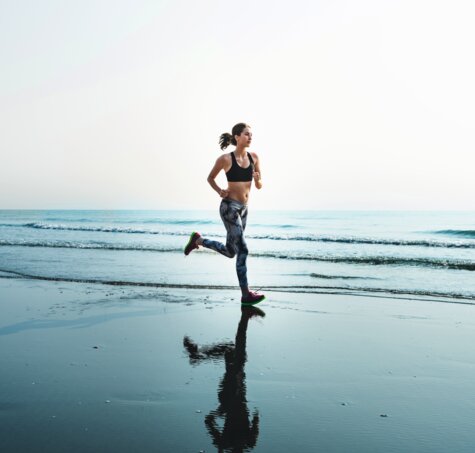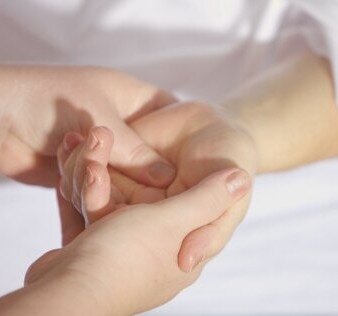Naturally mobile in everyday life
How can natural mobility be supported?
The more flexible the musculoskeletal system is, the greater the radius of action and the more varied the activities.
However, sports, advanced age, physical work or poor posture and lack of exercise can put a strain on joints and muscles and, in the worst case, cause damage.
Protection, support and prevention are therefore very important.

